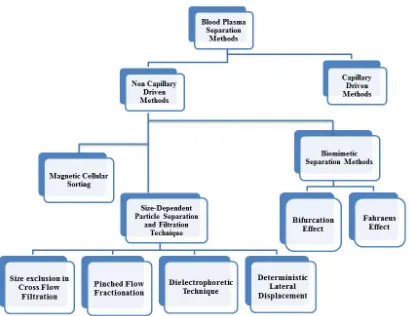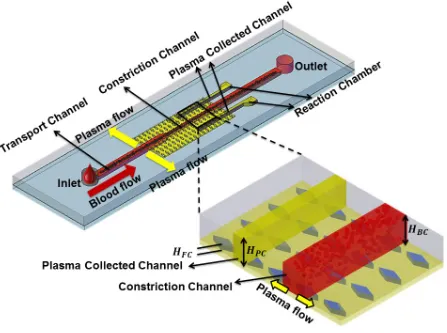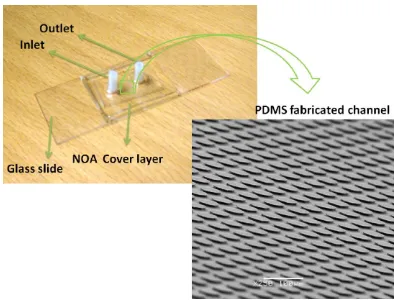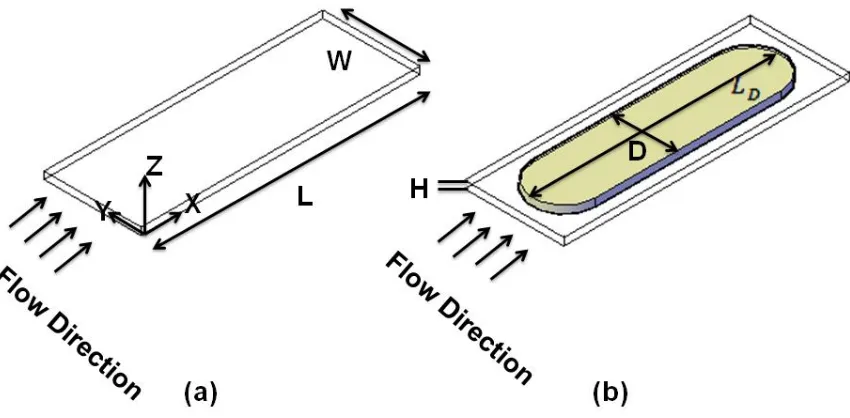Analysis and design of a capillary driven blood plasma separation microfluidic device
Texto completo
Figure

![Figure 3.Schematic of magnetophoretic microsystem design by Furlani [6]](https://thumb-us.123doks.com/thumbv2/123dok_es/5198875.94202/15.595.158.438.67.449/figure-schematic-magnetophoretic-microsystem-design-furlani.webp)
![Figure 4.Mechanism of microporous membrane filtration [8]](https://thumb-us.123doks.com/thumbv2/123dok_es/5198875.94202/16.595.151.443.374.695/figure-mechanism-of-microporous-membrane-filtration.webp)
![Figure 6.Plasma separation device by using pinched flow fractionation [10]](https://thumb-us.123doks.com/thumbv2/123dok_es/5198875.94202/18.595.103.493.256.501/figure-plasma-separation-device-using-pinched-flow-fractionation.webp)
Documento similar
This thesis covers the design and characterization of a microfluidic device for time-resolved fluorescence based on an array of CMOS SPADs. Chapter 2 introduces the SPAD detectors
The content of this dissertation comprises the design of two arc-discharge plasma (ADP) reactors (a conventional and a modified one); the experimental study of the different
The parameters that characterize the behaviour of the IP structures and the geomagnetic response used in this anal- ysis are the hourly mean values of B, Bz, plasma speed,
So the flux of reflected plasma particles in the case of oxygen plasma is expected to deposit more energy onto the substrate than in the case of argon plasma, thus promoting
Then, we further contribute by developing a complete conceptual nanodevice layout taking into consideration its ultra-small size (similar to a blood cell) and its very
The present work addresses the problem of the optimal design of a quantum potential profile (modeling a nanoelectronic device) in order to obtain a transmission coefficient
We study the height of a liquid in a tube when it contains a great number of thin vertical bars and when its border is finely strained1. For this, one uses an
Government policy varies between nations and this guidance sets out the need for balanced decision-making about ways of working, and the ongoing safety considerations





